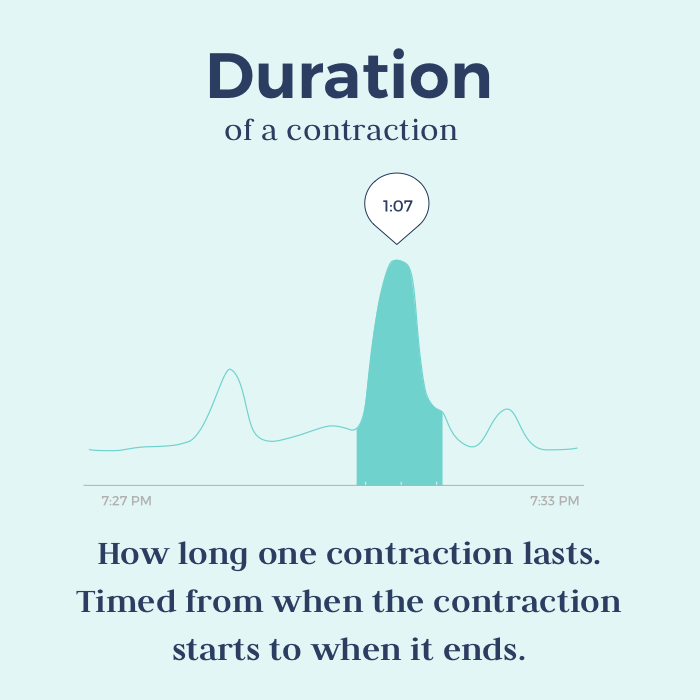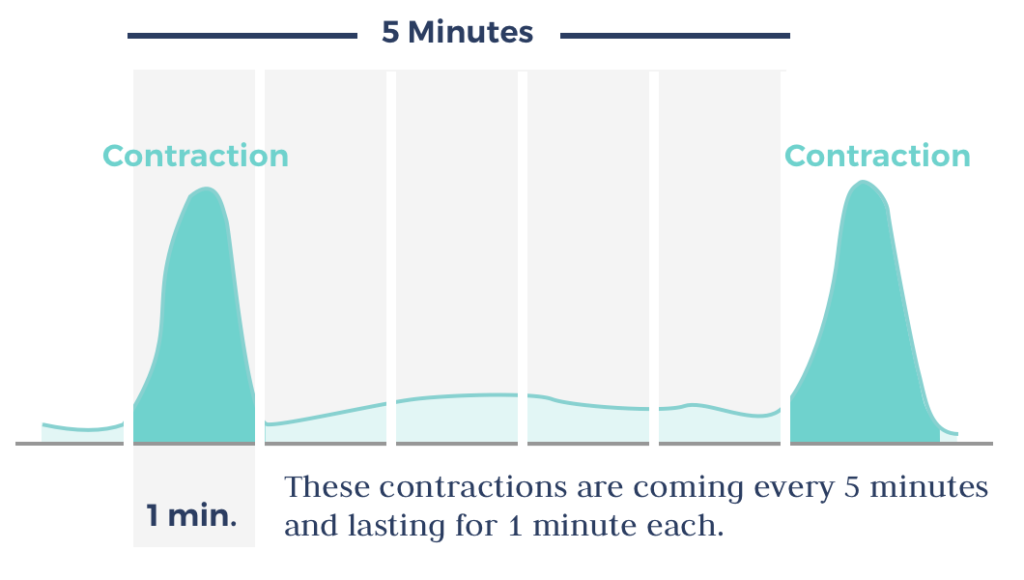

The midwife will ask permission to listen to the baby’s heartbeat every 15 minutes your blood pressure and temperature will be taken every 4 hours and your pulse every hour. Your midwife and birth partner(s) will encourage you with your pushing.Ĭontractions are coming regularly about every 3-5 minutes (or more frequently) and lasting 60 seconds.Ĭontractions are very strong and close together with strong urges to push down.

A midwife will care for you throughout labour. You are advised to contact a midwife at this stage. Second baby or subsequent baby: 10 minutes to 1 hour (again this is individual to each woman). Second or subsequent baby: 2-10 hours (this is a general time frame and is individual to each woman). You should however contact your midwife, the Birth Centre or Delivery Unit at any time if you are concerned about any of the symptoms you are experiencing. The best place for most women in this stage of labour is at home with familiar surroundings and supported by people she trusts and who understand the process of labour. Research has shown that fear and anxiety very often inhibit labour and when in hospital, this in turn can encourage a cascade of interventions. This is why physical and mental relaxation, an air of calm and being prepared and informed helps.ĭuring the latent phase, your midwife may encourage you to remain at home. An active thinking brain and stress all prevent the primitive brain from producing the hormone ‘oxytocin’ which is so important for normal labour and is the hormone of “calm, connection and love”. Labour is as much a psychological process as a physical one and for your contractions to work well to birth your baby and to get the natural pain relief that the hormones of labour provide, you need to let the primitive part of your brain work well. If you think that your baby’s movements are fewer than you normally experience or if you are concerned, speak to a midwife.

Be aware of your baby’s movements, your baby should continue to move throughout labour.Some women who have hired a TENS machine put it on during the latent phase.If you intend to use approved alternative therapies then you can use these now.Your birthing partner can also make other family members aware of the latent phase of labour and encourage them to give support rather than raise concerns.It will be helpful if your partner massages your back to help with any backache and help you to relax and support you in any alternative positions that you may adopt.You may want to call your birthing partner for added support during this time.If you have access to a birthing ball, use it regularly as this too can alleviate any discomfort.Alternate active upright positions with resting, lying on your left side if you feel you need to rest.Rocking your pelvis and swaying your hips can also assist you. Remaining upright will assist gravity and help your baby to descend into the pelvis.Isotonic or sports drinks are a good way of boosting energy levels and keep you hydrated especially during the early stages of labour. Ensure you maintain your energy levels by eating small,light meals containing carbohydrates.You may find the warmth of the water soothing and relaxing. Take a warm bath or shower, at regular intervals.Once the contraction is wearing off, close your eyes and allow your body to rest before the next one.This will prevent you from using extra energy Keep your breathing deep, steady and slow during a contraction.It is important to try and remain relaxed.There are many ways of helping yourself to cope through these first hours of the latent phase of labour.


 0 kommentar(er)
0 kommentar(er)
